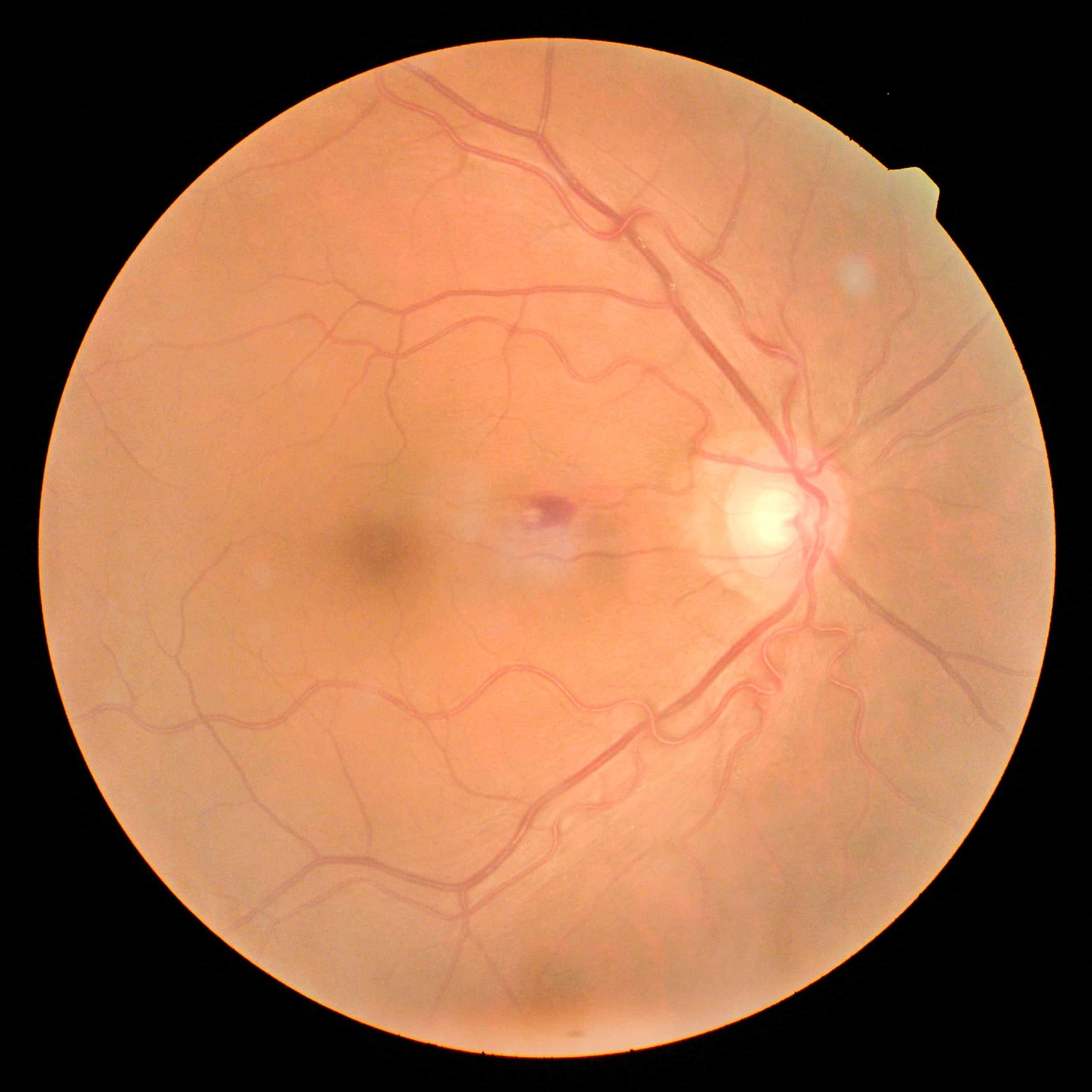How Do You Know If You Need A Retinal Exam?
June 30, 2021

One of the newest components of an eye exam is called digital retinal imaging. And though the technology is relatively recent, it has quickly become a standard part of eye exams in Arlington, VA. Your optometrist will likely ask you to have this type of imaging done when you next go in for a routine checkup. Here’s what this test achieves and how it’s performed.
Retinal Imaging
Digital photography has come a long way since its inception. There are retinal cameras designed specifically to take pictures of the inside of your eye. The retinal imaging captures images of many eye structures, including:
- Blood vessels
- The optic nerve
- The macula
- The retina itself
The purpose of taking these images is to look for signs of eye disease. Our ophthalmologists may also take images when you have no sign of eye disease, as this gives us a baseline for future comparison and treatment. That way, it’s easier to tell if anything changes in a later examination.
Sometimes the image will reveal that a person has an eye disease. When this is the case, the test can be repeated and enhanced with other imaging technology. Routine tests are low-resolution screenings, while more advanced tests are used to make an exact diagnosis.
Is Retinal Imaging Always Necessary?
Digital imaging of the retina isn’t always necessary. Your doctor can perform a traditional retinal examination by dilating your pupil and looking inside your eye manually. Retinal imaging isn’t typically covered by basic vision insurance plans, although the doctors and staff at Virginia Lasik always check to see if you’re eligible for discounts to help make imaging and our treatments affordable.
During a typical eye exam, your doctor will put dilating drops in your eyes. The doctor can look into your eye through the enlarged pupil, which is usually the only examination needed. However, retinal imaging has advantages over the manual approach in two distinct scenarios:
- When a patient’s pupils are too small to see everything clearly.
- When changes within the eye are subtle enough that the doctor needs a more detailed image from another angle to determine whether they’re significant.
You don’t have to have a dilated eye exam to have retinal imaging done. But retinal imaging is best used in conjunction with a regular eye exam. By taking these two views of the eye together, your ophthalmologist gets a better sense of your overall eye health.
Who Needs Retinal Exams?
Whether you undergo digital imaging or manual examination, retinal exams are a key component of vision health. They help our ophthalmologists diagnose retina conditions, such as macular degeneration, as well as create a treatment plan to correct them.
You should have an eye exam at least once every two or three years, especially if you are over the age of 60 or are experiencing changes to your vision. These regular checkups allow your optometrist to adjust your corrective lens prescription and to screen for diseases.
Early detection of eye disease is key to preventing permanent damage. That’s why routine exams are so important. If you’re noticing any changes in your vision, it’s also important to get a prompt eye examination done.
Laser Vision Correction in Falls Church, VA
At Anh Nguyen Ophthalmology, we care deeply about giving people the treatments they need to enjoy their life to the fullest without the need for contacts or glasses. Our expertise and cutting-edge technologies allow us to treat a wide variety of eye issues, from cosmetic concerns to vision loss correction with laser surgery. If you’re concerned about your eyesight, don’t hesitate to reach out to our team by calling our office or contacting us online today.




